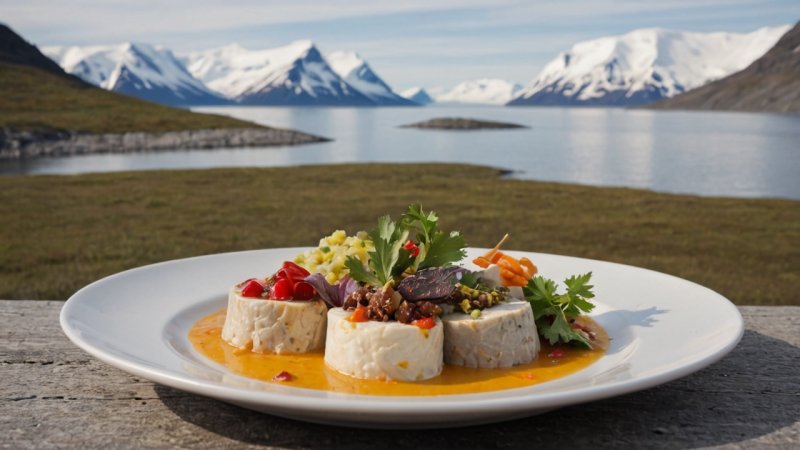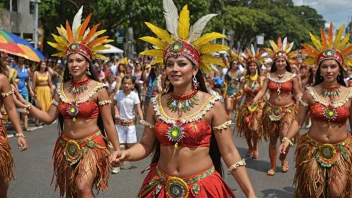In this fictional interview, we explore the rich and unique culinary traditions of the Inuit through the insights of a fictional expert, Anna Kallik. Anna is an esteemed Inuit chef and cultural ambassador, known for her deep understanding of traditional Arctic cuisine and her efforts to promote it globally. Join us as we delve into her thoughts on the significance of these culinary practices, the ingredients that shape them, and the future of Inuit food in a modern context.
The Roots of Inuit Cuisine
Interviewer: Anna, can you share with us what makes Inuit cuisine so distinctive?
Anna Kallik: Absolutely! Inuit cuisine is fundamentally shaped by the environment and the resources available in the Arctic. The cold climate influences our food preservation methods, from drying and smoking to fermentation. We utilize local ingredients like fish, marine mammals, and berries, which are not only nutritious but also tell the story of our land and culture. This cuisine is about survival, sustainability, and respect for nature.
Traditional Ingredients and Techniques
Interviewer: What are some key ingredients in traditional Inuit dishes, and how are they prepared?
Anna Kallik: Key ingredients include seal, whale, fish, and a variety of foraged items like Arctic char, caribou, and wild berries. Preparation techniques vary; for instance, we often consume raw fish and meat, a practice known as 'ikura' which is not only safe due to the extremely cold temperatures but also preserves the flavors. We also rely on techniques like drying fish and smoking meats, which enhance their taste and longevity.
Cultural Significance of Food
Interviewer: How does food play a role in Inuit culture and community?
Anna Kallik: Food is central to our identity and community. Sharing meals is a way of bonding and preserving our traditions. During gatherings, we often prepare dishes that have been passed down through generations. The act of hunting and gathering food also reinforces our connection to the land. It's not just about sustenance; it's about honoring our ancestors and maintaining our cultural heritage.
Modern Influences and Challenges
Interviewer: In today's world, how are modern influences affecting Inuit culinary practices?
Anna Kallik: There are both challenges and opportunities. On one hand, modern lifestyles and the availability of processed foods pose a threat to traditional diets. On the other hand, there is a growing interest in Indigenous cuisines globally, which has opened doors for Inuit chefs to showcase our food beyond our communities. Many of us are blending traditional methods with contemporary culinary techniques, creating a fusion that respects our roots while appealing to wider audiences.
Preserving Culinary Heritage
Interviewer: What steps can be taken to preserve and promote Inuit culinary traditions?
Anna Kallik: Education is key. We need to teach younger generations about our culinary practices and the importance of our traditional foods. Workshops, cooking classes, and community events can help revitalize interest. Additionally, collaborating with chefs from other cultures can create exciting fusion dishes that celebrate our heritage while appealing to modern palates. It’s also crucial to advocate for sustainable practices that protect our environment, ensuring that future generations can continue this culinary legacy.
Future of Inuit Cuisine
Interviewer: Finally, what do you envision for the future of Inuit cuisine?
Anna Kallik: I see a future where Inuit cuisine is recognized and celebrated globally, not just as a curiosity but as an integral part of the culinary world. I hope for a revival of traditional practices, where young chefs are inspired to innovate while honoring our ancestors. Ultimately, I want our food to be a bridge that connects cultures and fosters understanding about the Arctic way of life.
In conclusion, the culinary traditions of the Inuit are deeply rooted in their environment and cultural identity. Through the fictional insights of Anna Kallik, we gain a greater appreciation for the significance of traditional ingredients, preparation methods, and the importance of community in Inuit culture. As modern influences continue to shape culinary practices, it is essential to preserve and promote these traditions for future generations to enjoy.






